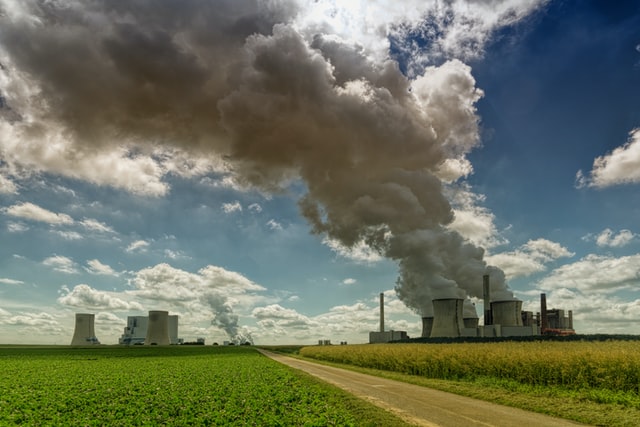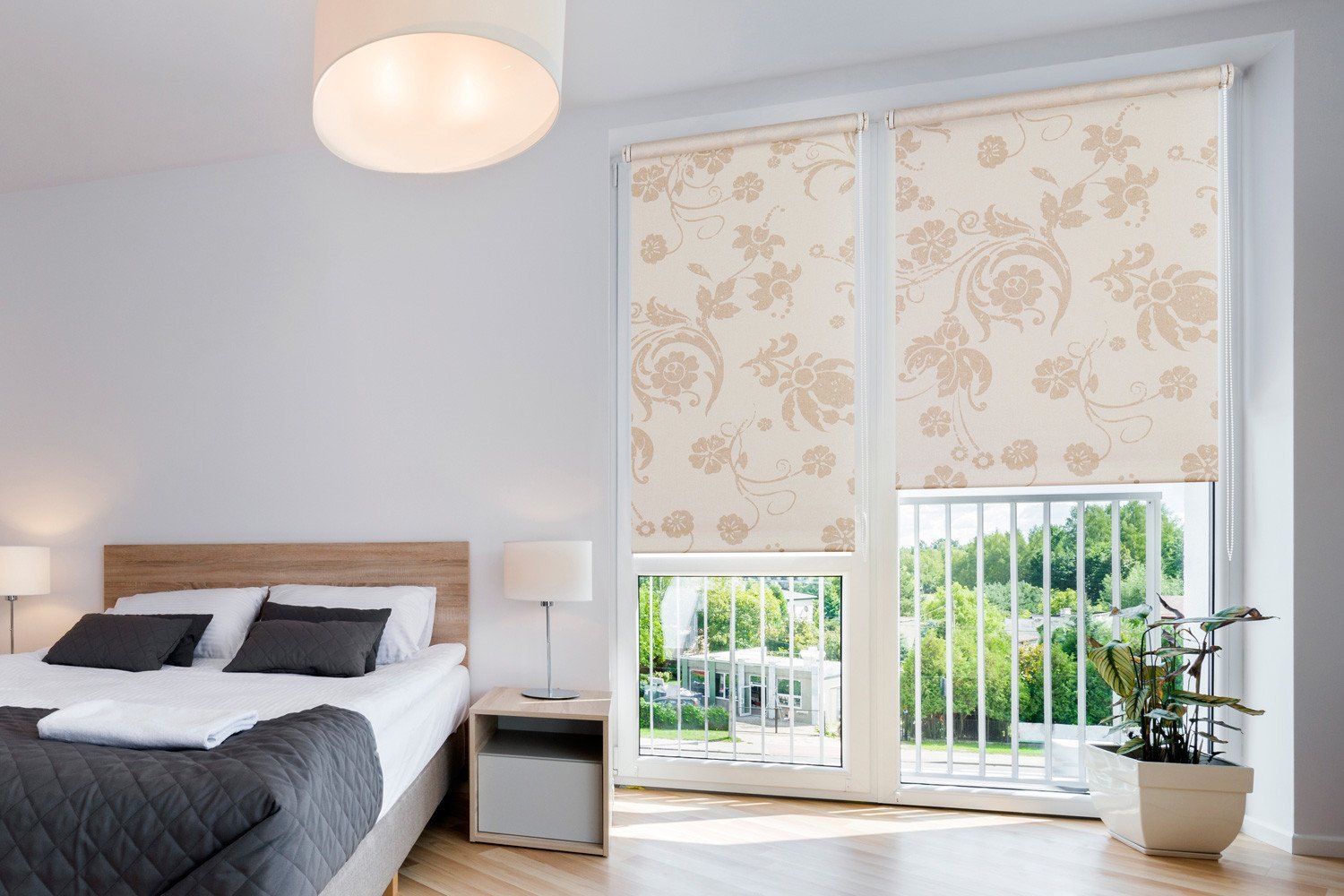5 Things To Know About Affordable & Sustainable Cooling

Effective policy options can provide sustainable cooling. The regulatory requirements, communication, and inducement measures should be available.
Ask any builder about the top three difficulties in the Indian construction industry. The air-conditioning demand will almost always come up.
For climatic sustainability, financial efficiency, and public health in India, equal access to efficient cooling is critical. By 2037, cooling-related greenhouse gas (GHG) emissions are expected to account for at least 7% of yearly national emissions.
It’s impossible to rule out a significant drop in labor productivity. As the world heats, employees might lose 6% of their working hours due to heat strain. Increased heat-related mortality instances and severe illnesses have already occurred. Moreover, there is no relief from increasing temperatures.
So, what are the fantastic ways to implement affordable cooling? And how to make it sustainable? Read on to know the essential things about affordable and sustainable cooling.
Is the cooling demand increasing exponentially?
The country is in for a perfect storm regarding the expanding cooling demand in India. Some help is needed in the India Cooling Action Plan for sustainable cooling. This demand is growing at a pace of 15-20 percent per year. This is due to:
- A massive number residing in a tropical climate
- A rapidly expanding construction sector. This sector will quadruple or quintuple in terms of built-up area.
- The growing desire of hundreds of millions of people to own an air conditioner
These are expected to result in electricity demand of 100-200 gigawatts.
This focuses on a conservative approximation of:
- Current air-conditioner effectiveness
- Reasonable assumptions in the growth rate of air-conditioner ownership. It rises from about 7% of urban families to around 50-60% of total households by 2047
- A willingness to work in air-conditioned buildings
Nowhere on the planet can one find such a significant population. A population in primarily tropical circumstances is seeking a higher quality of life. And their wants are exemplified by air-conditioner ownership. There’s no sense in guessing where the considerable surge in cooling demand will come from. So what does the future hold?
What are critical things about sustainable cooling?
Excellent Policy Solutions:
Regulatory measures rely on the enforcement methods and cultural environment. It may be both prosperous and difficult to adopt and execute. Regulatory mechanisms are generally more challenging to implement. But, when they are enacted, having them in place helps establish a shared sense of what is viable.
Cooling managing using technology solutions:
Countries, enterprises, organizations, and other entities should use technology. It can help achieve long-term cooling. The technology ensures the supply of long-term cooling through various goods. It includes materials and devices that enable active and passive cooling.
Technology enables measures that do not need any operating energy or refrigerants. Inactive or nature-based technology solutions are its part. But, some steps do require refrigerants and energy. However, they need to do it efficiently.
Native low-tech and contemporary high-tech solutions are passive and nature-based technological solutions. Nature-based remedies, such as the ground, plants, water, and trees, are the most effective low-tech remedies to tackle the heat.
Cheaper alternatives:
In most nations, there is little or no connection between cooling equipment purchases and choices impacting power supply. End users will produce excessively high peak electricity demands this way. They use inefficient cooling equipment because they have the cheapest capital cost. People must address these by constructing more power plants. And transmission and distribution networks must act accordingly. Working in this manner yields the following results:
- Unnecessarily high power use and associated costs to the end-user.
- Making will incur additional costs since the cost of power will need to reflect the high peak demand. The prevalent use of inefficient equipment causes this demand. End-users must ultimately bear these additional expenses.
To solve this problem, the parties concerned must work together to develop a more integrated strategy—a way to deliver additional conditioning and optimize the capital investment balance.
Geothermal way:
A geothermal system is one approach one may utilize for heating and cooling. This technology uses the natural heat boiling within the earth’s crust. Here water temperatures fluctuate between 40-80 degrees Fahrenheit just a few feet below the surface.
Building heat pumps in the subsurface near a building is the first step in the system. The liquid will then be pumped via a conduit underground, usually water with coolant mixed. The system then varies based on the season.
In the winter, for instance, the fluid absorbs heat and pumps it into the structure. The liquid will then absorb more heat in the facility and pump it outside in the summer, making the building cooler.
Institutional Obligation:
Institutions can also promote the deployment and retraining of cooling technicians and bulk purchases to cut equipment costs. This will improve cooling service delivery by improving maintenance, equipment, marketing, and finance. Institutions might also increase renewable energy consumption and production.
In conclusion
With tremendous modernization and urbanization, more and more people are connecting to electricity. As the demand rises, one must consider using sustainable ways to catch up with the market. The points given above merely outline the various directions feasible cooling can develop. It’ll help you understand the multiple pathways leading to a better tomorrow for the young.




